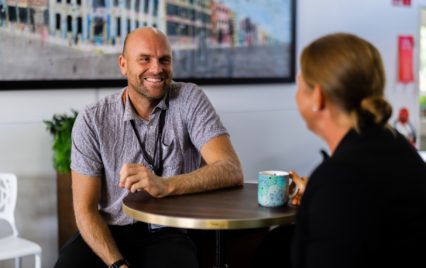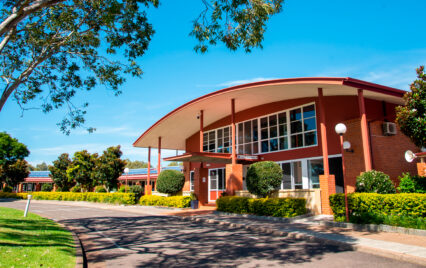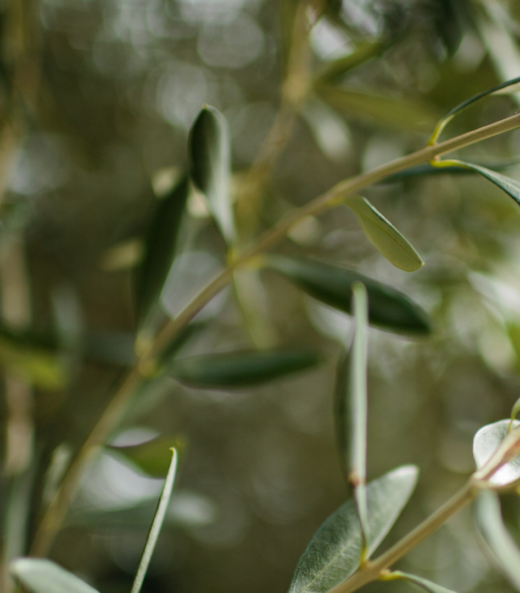
The Eden Walk
Nature
Station 2
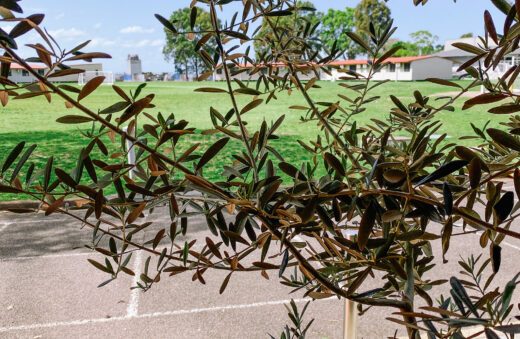
1. The Place
Imagine the best classroom—what is it filled with? The latest tech, tables and chairs, pens, pencils, and laptops? And people—lots of young people, and a teacher, right? But what if we told you one of the best classrooms ever designed was outdoors?
When God created Adam and Eve, he didn’t put them in a building; he placed them in a garden—in nature (Gen 2:8). This beautiful creative space with an abundance of sounds and resources all around, where animals roamed free, and plants and trees flourished. It was a classroom where Adam and Eve could explore in their child-like innocence, fuelled by curiosity and wonder.
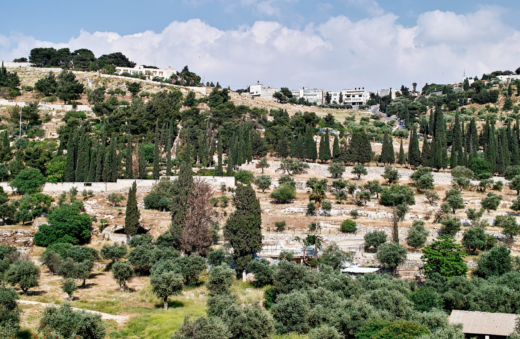
2. The Plan
Before God created Adam and Eve, he prepared a special garden for them in advance. This would serve as the “school” for Adam and Eve (his first students, as it were), where they would forever learn about God’s glory and creation, and where nature would serve as both classroom and textbook.
In Eden, God would teach them:
1. How to care for his garden (Gen 2:15).
In this place of perfection, God didn’t want Adam and Eve to sit and be idle but to work and contribute, to constantly grow, learn, and explore. At the end of the day, God would hear all about their activities and experiences (Gen 3:8).
2. How to care for each other (Gen 2:18).
Eden had a beautiful culture of care and protection. Adam and Eve were paired to avoid loneliness, isolation, and overwhelm. They were also instructed to help each other in this learning environment. At the heart of any good learning environment is a culture of support, ones that builds our character to be selfless and contribute to our community.
“The harvest of life is character, and it is this that determines our destiny, both in this life and the life to come”—Ellen G. White.
3. How to care for creation (Gen 2:1:27-28, 2:19-20).
One of the first creative acts we read about is how Adam named the animals. By assigning names, Adam could catalogue their behaviour, diet, and characteristics. They were also to care for the garden, harvest its fruit, and care for the plants, but they were also to stay within safe boundaries, i.e., “don’t eat of that tree” (Gen 2:17). Rules and standards help maintain the health of the learning environment.
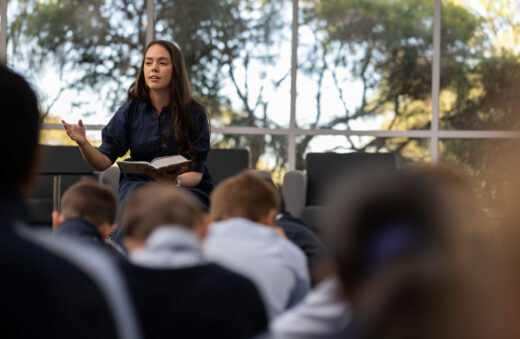
3. The Purpose
Every person is made in God’s image. This speaks to each individual’s value and to our innate potential to learn, discover, and grow. We flourish as a community when we care not only for ourselves but also for others and contribute to the world around us.
God created a space for Adam and Eve to flourish, and he has created a space for all of us as well… “For we are God’s masterpiece, created in Christ Jesus to do good works, which God prepared in advance for us to do” – Eph 2:10.

Putting it All Together
We want our young people to care for each other, God’s creation, and the world around them.
Learning in and through nature is a key aspect of our K-2 play-based program. Throughout the week our K-2 young people have numerous opportunities to spend time outdoors – gardening, exploring the bush, learning and playing in nature.
When their activity is finished, we reflect on what they noticed, what they created, what games they played, and what made them happy. From there, we draw out principles and insights to teach on, cultivating their curiosity and problem-solving skills and their character.
We deeply value our approach to incorporating the outdoors and God’s creations into play-based learning.
As such, we intentionally nurture our learning environments to be:
1. Imaginative Spaces
As we engage with nature, our minds brim with potential. From the joyous searching for new ideas to the playful discoveries of new skills and creative solutions, the minds of our students burst with creative life and energy.
The ordinary sandbox transforms into the rolling dunes of Egypt or the expansive construction zone of a new city. A planter box becomes a vast forest for Lego people to explore and conquer or a vibrant chief’s garden full of new tastes and colours to cook with. Sticks, rocks and blankets become castles and pirate ships, and mud and paper become canvases for brilliant artwork and expression.
2. Developmental Spaces
Our teaching philosophy actively integrates play-based learning in nature with design-thinking principles. We want our students to grow into caring, competent adults who can adapt and solve complex, real-world challenges. The learning environment of their first few years is purposefully designed by our teachers to be fun and engaging and to nurture the garden of their hearts with a love for school and learning.
3. Creative Spaces
As you walk around the K-2 classrooms, you will notice expansive glass to let in light, large bi-fold doors to incorporate our outdoor learning spaces, colourful classrooms, multiple reading areas, and even a tree house. Our classrooms signal our commitment to excellence and creativity. Our teachers design these rooms to be ever-evolving in a dynamic way to provide the best opportunity for our young ones to flourish in their learning and grow in expressing their creative capacity.

Delve Deeper
If you’d like to delve deeper and learn a little more, please see the following Bible references:
- The Garden of Eden
- Solomon taught from nature
- God speaks to Job about the wonders of the universe
- God’s power and nature are displayed in creation
- God’s greatest light is the life of Christ

Did you know?
- In the gospel of Mark, 65% of Jesus’ teachings were taught outside.
- Jesus often drew on nature as a teaching device (Mk 2:23-28, 4:2-9, 26-29, 6:39-44, 11:13-14)
- Adam and Eve lived on a vegetarian diet. Only after the fall and flood did human beings begin to eat meat.
- In the Book of Revelation, God’s new dwelling place brings together the outdoors and indoors: “…I saw the Holy City … God’s dwelling place…” (Rev 21:2-3) “…a river will flow from God’s throne down the middle of the great street, on each side there stands the tree of life, bearing fruit every month” (Rev 22:2).


